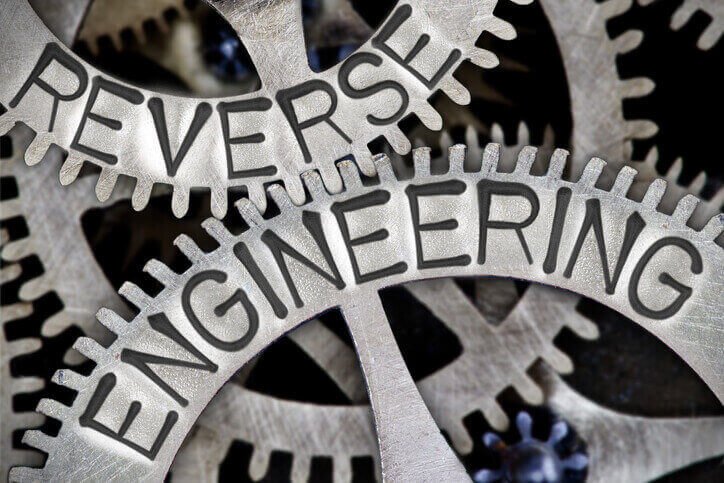Reverse engineering is the process of analyzing a product, software, or system to understand its design, functionality, and components. Essentially, it involves taking something apart to figure out how it works, often to replicate, improve, or troubleshoot it. This technique is widely used in software development, hardware design, cybersecurity, and manufacturing.
Understanding Reverse Engineering
The goal of reverse engineering is to extract knowledge or design information from an existing product. Unlike traditional engineering, which starts from a concept to build a product, reverse engineering starts with a finished product and works backward to study its structure and operation.
In software, reverse engineering can involve analyzing code, algorithms, and system behavior to debug programs, improve performance, or identify vulnerabilities. In hardware, it may include disassembling devices to study components, circuits, or mechanical designs.
How Reverse Engineering Works
Reverse engineering typically follows these steps:
- Collection and Observation – Gather the product or system and observe its behavior, features, and outputs.
- Disassembly or Decomposition – Break down the system into smaller components to understand the interconnections. For software, this might mean decompiling code; for hardware, it could involve dismantling circuits or devices.
- Analysis – Examine each component to understand its function, design, and how it contributes to the overall system.
- Documentation – Record findings, diagrams, or specifications to create a reference model or improve upon the design.
- Reconstruction or Improvement – Sometimes, reverse engineering leads to creating similar products, patching security flaws, or optimizing the original design.

Applications of Reverse Engineering
- Software Development: Debugging, recovering lost code, or improving compatibility.
- Cybersecurity: Identifying vulnerabilities in software or malware analysis.
- Hardware Design: Studying competitor products or legacy equipment for maintenance.
- Manufacturing: Reproducing parts or optimizing product design.
Reverse engineering is a powerful technique that helps professionals understand, replicate, and improve products or systems. By carefully analyzing existing designs, engineers and developers can innovate, troubleshoot, and enhance technology. While it offers numerous benefits, ethical and legal considerations must be observed, especially in software and patented products.
How Currency Converter and Foreign Exchange Rate Works
Website design and development firm
![]()





